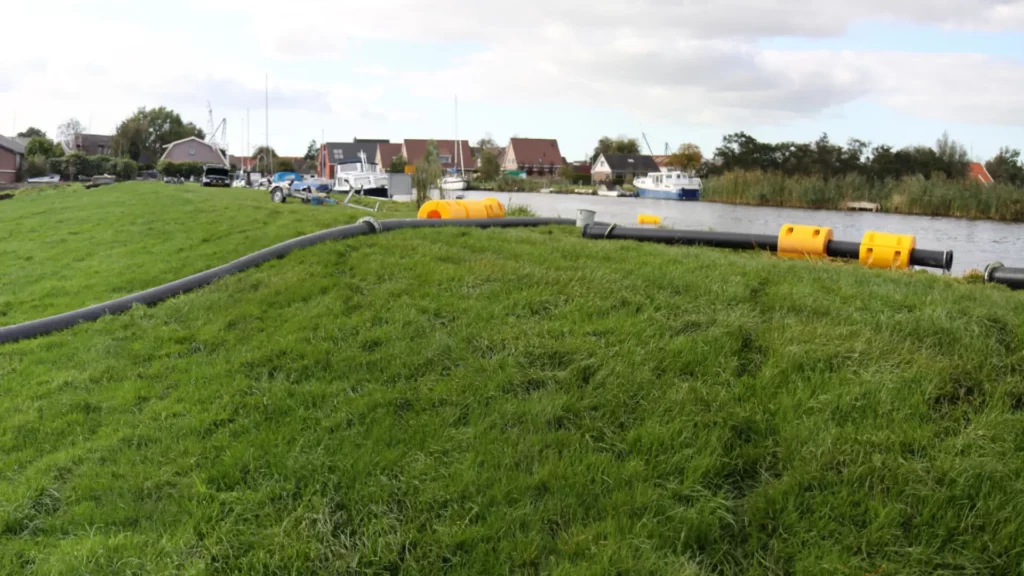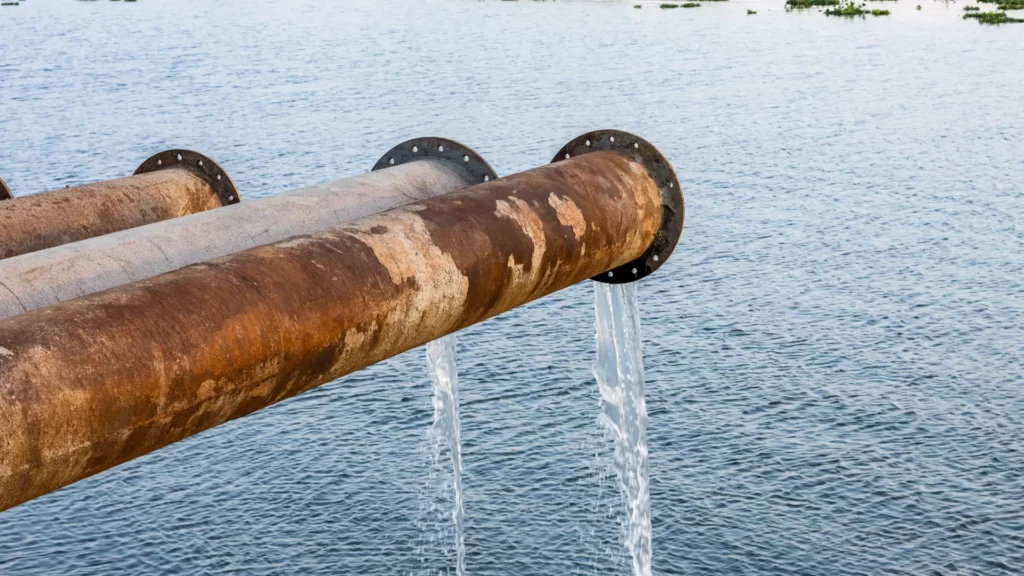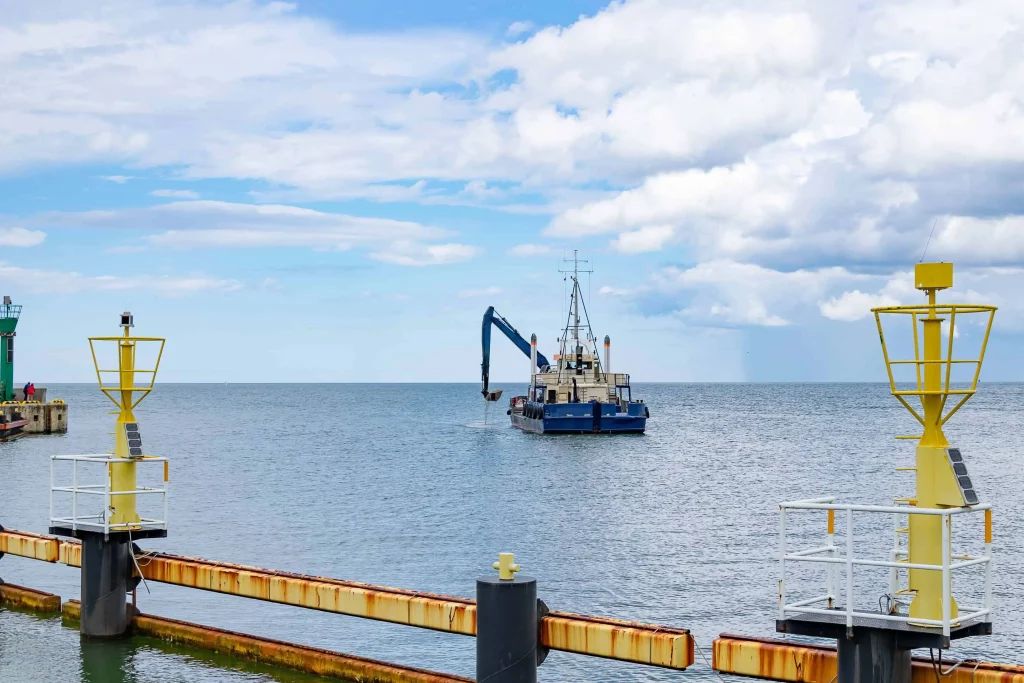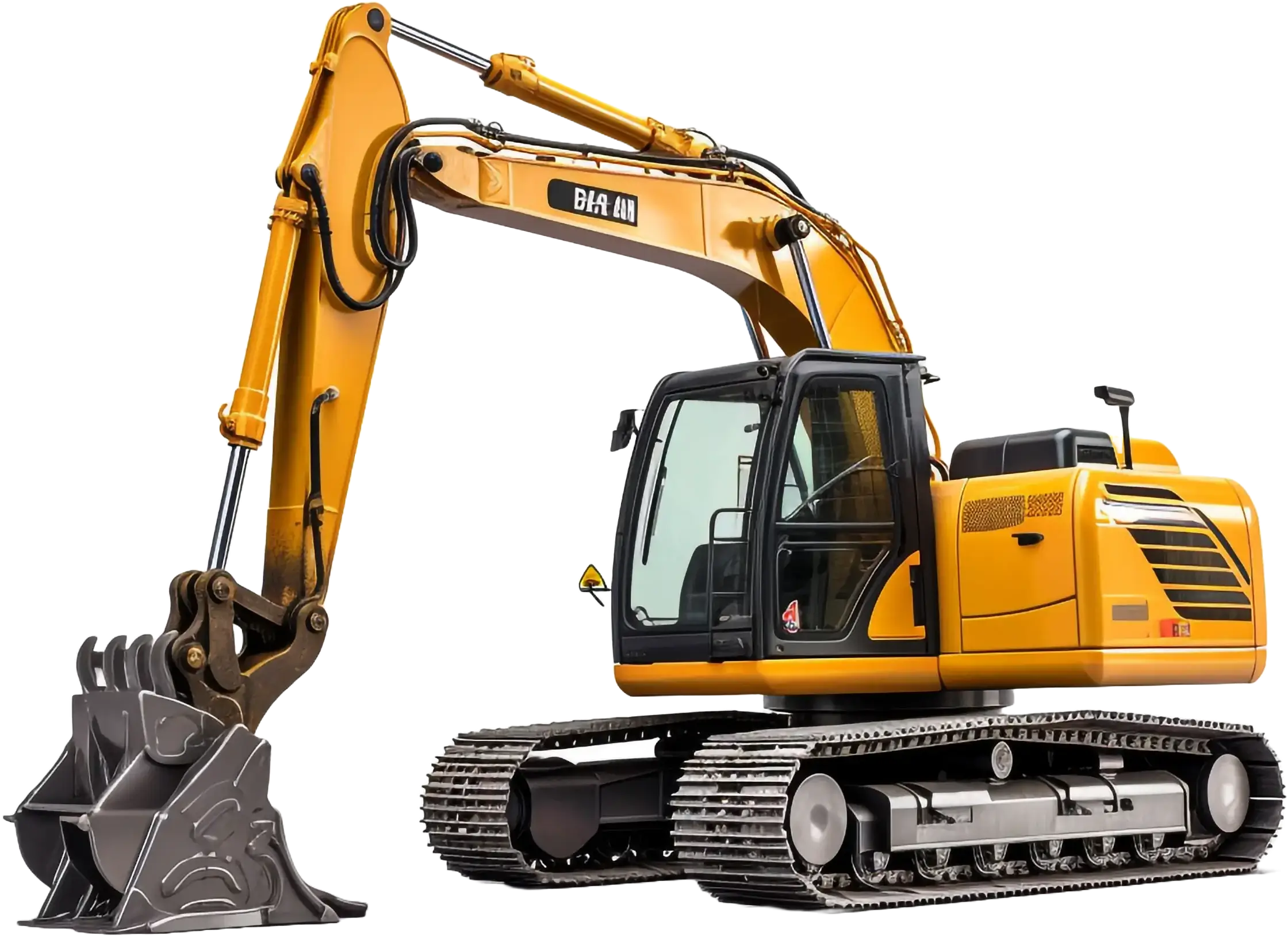Pipeline integrity is essential in ensuring the success of any dredging operation. Dredging projects often involve the transport of large quantities of slurry, sand, or other materials over significant distances. Without properly maintained and supported pipelines, these materials may not reach their destination efficiently, resulting in project delays, increased costs, and potential environmental hazards. Therefore, maintaining the integrity of the pipeline is critical to the success and efficiency of any dredging project.
A key factor in maintaining pipeline integrity is the use of dredge pipeline floats. These floats provide the necessary buoyancy and stability to the pipeline, ensuring it remains properly aligned and protected from harsh environmental conditions. By preventing damage to the pipeline and maintaining its efficiency, dredging pipeline floats play a vital role in ensuring pipeline longevity and minimizing operational disruptions. In this article, we will explore how dredge pipeline floats contribute to the durability, stability, and cost-effectiveness of dredging operations.
Understanding Dredge Pipeline Floats
Dredge pipeline floats are buoyant devices designed to support pipelines used in dredging operations. Their primary function is to keep the pipeline afloat, preventing it from sinking or coming into contact with the seabed, rocks, or other underwater obstacles. These floats are essential for maintaining the pipeline’s position and preventing damage that can lead to operational inefficiencies and increased maintenance costs.
Key Components
The effectiveness of dredge pipeline floats lies in their design and materials. High-quality floats, such as dredging pipeline floats, are typically constructed from durable materials like polyethylene, which is known for its resistance to abrasion, UV rays, and saltwater corrosion. These materials ensure that the floats can withstand the harsh conditions often encountered in dredging operations, from extreme weather to physical impacts.
Additionally, many dredge floats are designed with built-in reinforcement to provide extra support and stability to the pipeline. This reinforcement is particularly important in large-scale dredging projects, where the pipeline must remain in place and fully functional for extended periods. By utilizing these reinforced designs, dredging pipeline floats can offer the long-term durability needed for demanding dredging environments.
Types of Dredge Floats
There are two primary types of dredge floats used in the industry: foam-filled floats and inflatable floats. Foam-filled floats are highly durable and provide consistent buoyancy, making them ideal for long-term projects. These floats are solid and resistant to punctures, ensuring that they can maintain their structural integrity even in challenging environments.
Inflatable floats, on the other hand, offer greater flexibility. They can be deflated for easy storage and transportation and are typically lighter than foam-filled alternatives. Inflatable dredging pipeline floats are often used in projects where flexibility and ease of handling are prioritized. Both types of floats are essential for supporting pipelines in various dredging scenarios, depending on the specific project requirements.

How Dredge Pipeline Floats Ensure Pipeline Integrity
Preventing Pipeline Damage
One of the primary roles of dredge pipeline floats is to prevent pipeline damage. In the absence of proper support, pipelines can scrape against abrasive surfaces such as the seabed, rocks, or other debris, leading to wear and tear. Over time, this can result in leaks, ruptures, or even complete pipeline failure.
By keeping the pipeline afloat, dredging pipeline floats reduce the risk of damage from abrasion. The floats act as a barrier between the pipeline and the surrounding environment, minimizing the physical stress placed on the pipeline. This protection not only preserves the structural integrity of the pipeline but also reduces the need for frequent repairs or replacements, thereby extending the pipeline’s operational life.
Minimizing Pipeline Stress
Another key function of dredge pipeline floats is to minimize the stress placed on the pipeline. Pipelines are subjected to significant pressure during dredging operations, especially when transporting heavy materials over long distances. Without adequate support, the pipeline can bend, sag, or become misaligned, which can lead to blockages and interruptions in material flow.
By distributing the weight of the pipeline evenly across its length, dredge floats help maintain proper alignment and reduce stress points. This even distribution of pressure ensures that the pipeline remains stable and functional throughout the dredging operation, preventing operational disruptions and ensuring that materials are transported efficiently.
Enhancing Pipeline Longevity with Dredge Pipeline Floats
Durability of High-Quality Floats
The durability of high-quality dredge pipeline floats is one of the most significant factors in ensuring pipeline longevity. Floats made from premium materials such as polyethylene are resistant to the wear and tear that can result from exposure to harsh environments. This durability means that the floats can withstand long-term exposure to UV rays, saltwater, and physical damage without losing their effectiveness.
By choosing high-quality floats, dredging companies can significantly reduce the frequency of repairs and replacements, leading to fewer operational disruptions. This also enhances pipeline longevity, as the durable floats help protect the pipeline from damage over time. The longer the floats last, the more cost-effective the operation becomes, as the need for replacement floats is minimized.
Protection from Harsh Environments
Dredging operations often take place in some of the most challenging environmental conditions. From exposure to extreme weather to the constant threat of corrosion from saltwater, pipelines face a host of environmental challenges. Dredge pipeline floats provide the necessary protection to ensure that pipelines remain operational in these conditions.
High-quality floats are designed to resist these environmental factors, providing consistent buoyancy and protection even in the most demanding environments. This protection is crucial for maintaining pipeline integrity and ensuring that the pipeline can continue to function without interruption.
Long-Term Cost Savings
By reducing the need for repairs and replacements, high-quality dredge pipeline floats offer significant long-term cost savings. Fewer repairs mean less downtime, allowing dredging operations to continue without unnecessary interruptions. In addition, the extended lifespan of both the floats and the pipeline means that companies can avoid the high costs associated with replacing damaged equipment.
These long-term cost savings are a direct result of the durability and effectiveness of high-quality floats. Investing in premium dredge floats ensures that the pipeline remains functional and protected for longer periods, reducing overall operational costs and improving project efficiency.
Conclusion
Dredge pipeline floats play a critical role in ensuring both pipeline integrity and longevity in dredging operations. By preventing pipeline damage, minimizing stress, and providing consistent buoyancy, these floats contribute to the smooth and efficient operation of dredging projects. The use of high-quality floats not only enhances the durability of the pipeline but also offers long-term cost savings by reducing the need for repairs and replacements.
In summary, investing in durable, high-quality dredge pipeline floats is essential for maintaining the stability and functionality of dredging pipelines. By doing so, companies can protect their infrastructure, improve project efficiency, and extend the operational life of their equipment. For any organization involved in dredging, prioritizing the use of high-quality floats is a key step toward achieving long-term success in their operations.






